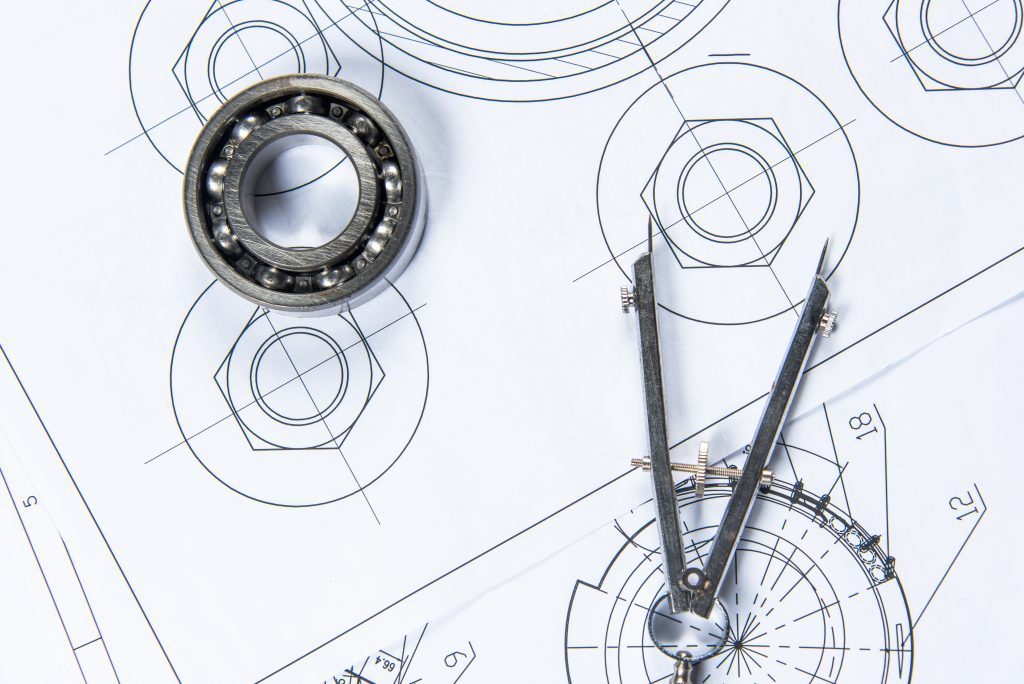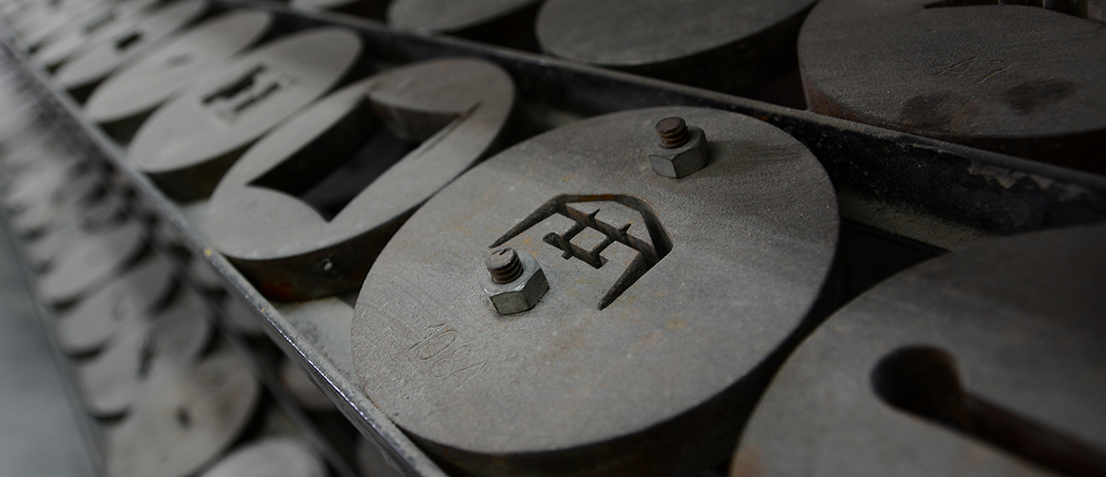Do you need an industrial rubber product from a supplier that is no longer in business? Or maybe you need a part that has become obsolete ... In any case, if you can not get the rubber product you need, it might be time to apply reverse engineering.
Reverse engineering is the process of reproducing a piece based on a detailed examination of its composition and construction. It may seem simple enough, but there are many details to take into account in this process. To begin with, how much do you really know about the drawing or part sample you currently have? Is that information accurate, current and complete? Let's look more closely at what our engineers are wondering when it comes time to replace old rubber parts with new sealing solutions.
Do you have a flat part?
 Sometimes, all that an engineer has to work with is a vague drawing or a page from an old catalog. This is not optimal, but it is a start. As rubber manufacturers we provide design assistance, then we may be able to discern additional details.
Sometimes, all that an engineer has to work with is a vague drawing or a page from an old catalog. This is not optimal, but it is a start. As rubber manufacturers we provide design assistance, then we may be able to discern additional details.
You must also determine the dimensions of the parts and construction materials. Elastomers such as EPDM, neoprene and polyethylene have different properties and wear.
Are they current?
Piece drawings and old catalog pages may contain indications that are no longer valid. Some standards are updated more frequently than others, but those that are decades old are probably outdated. With a piece of rubber from the 1950s, for example, an indication of lead paint will not meet current environmental requirements. The automotive standards of the analogue era do not take into account digital technologies either.
If you have a sample piece, what do the tolerances tell you?
Tolerances are permissible variations in physical dimensions. For engineers who are used to working with metal components, it is important to understand that the tolerances of rubber parts are not as strict. With older rubber products, it is also worth noting that a sample piece could be at the upper or lower end of a range of tolerances allowed. The temperature can also change the dimensions of a piece of rubber.
Do you consider the possibility of updating the piece with a standard product?
Fortunately, there are new options. You could update the design of the part and use a newer standard product.
Are you ready to proceed?
Now that you have formulated and answered this series of questions, Are you ready to replace obsolete rubber parts?





